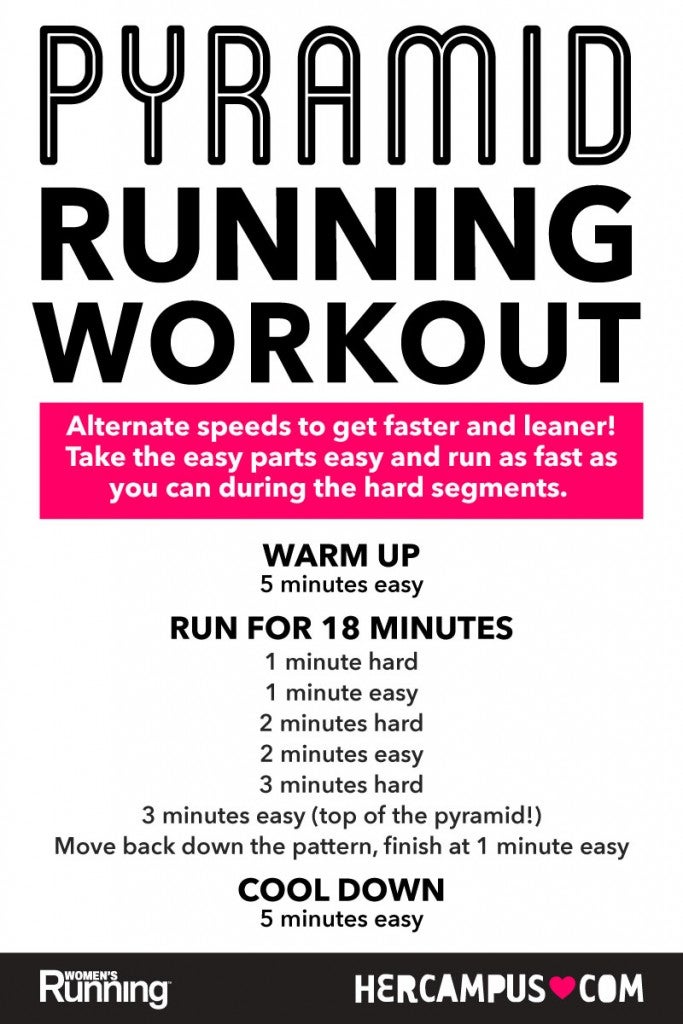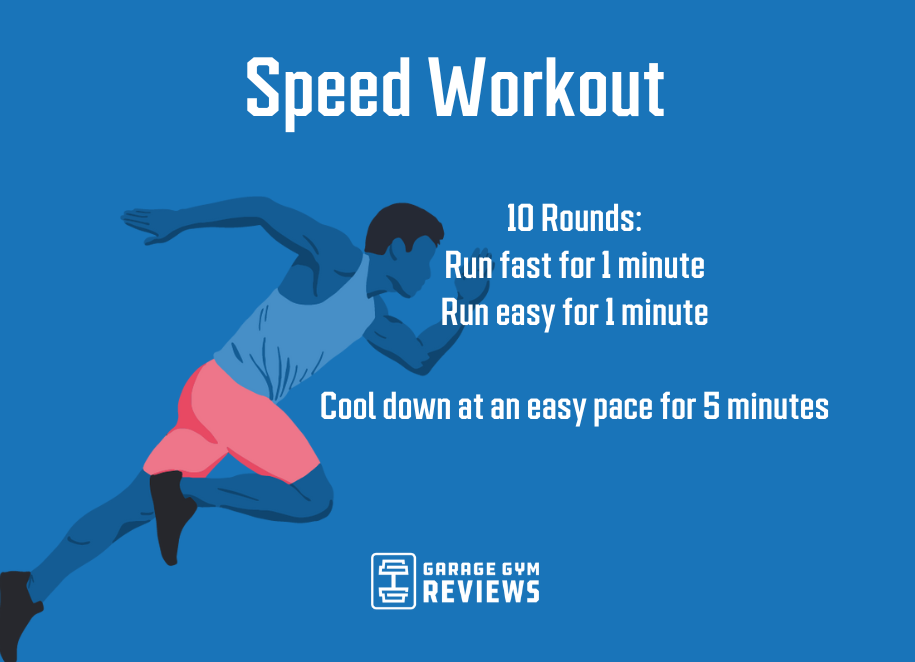Running Workout Techniques: Strategies to Enhance Endurance and Rate
Running Workout Techniques: Strategies to Enhance Endurance and Rate
Blog Article
The Ultimate Overview to Dealing With Pain When Running
For joggers, experiencing pain throughout runs is not unusual, and recognizing just how to efficiently manage and prevent it can make a considerable distinction in your overall performance and enjoyment of the sporting activity. Whether you are a seasoned marathoner or simply beginning your running journey, comprehending the numerous kinds of pain that can emerge and the strategies to address them is crucial. From pre-run workout regimens to proper shoes choice, there are countless variables to take into consideration when it concerns managing discomfort while running. This detailed guide will certainly furnish you with the knowledge and tools required to navigate with the pain and empower you to achieve your running objectives with higher simplicity.

Recognizing Various Sorts Of Running Pain
When running, it is necessary to compare various sorts of discomfort to stop injuries and take full advantage of performance (Read More). One common kind of pain that runners may experience is muscle mass discomfort, which generally develops from the tension placed on muscle mass during exercise. This type of pain is often a normal part of the running process and can be handled via correct workout, cool-down, and stretching regimens
Another kind of discomfort to be mindful of is joint pain. Joint pain can show problems such as overuse, improper kind, or underlying conditions like joint inflammation. Disregarding joint discomfort can cause a lot more severe injuries, so it is critical to attend to any kind of discomfort promptly and potentially seek professional recommendations.
Furthermore, sharp or stabbing discomforts need to not be overlooked. These types of pain can signify acute injuries such as strains, sprains, or anxiety fractures - running strategy. Remaining to go through these sorts of discomfort can worsen the injury and extend healing time

Pre-Run Warm-Up and Stretching Regular
To prepare the body for a running session, implementing an effective pre-run workout and extending routine is vital. An appropriate workout aids enhance blood flow to the muscle mass, enhances versatility, and lowers the risk of injury throughout the run. By including a consistent pre-run warm-up and stretching routine right into your running routine, you can maximize performance and decrease the risk of discomfort or injury.
Correct Shoes Selection and Fit
Selecting appropriate footwear that fits well is important for runners to stop discomfort and decrease the risk of injuries. Uncomfortable shoes can result in sores, black toe nails, shin splints, and various other agonizing problems that can hinder efficiency and sideline training. When picking operating footwear, it is necessary to consider variables such as foot type, running stride, arch support, cushioning, and shoe size. running workout. Checking out a specialty running store for a stride analysis and expert installation can help guarantee that you choose the right footwear for your private demands. Running shoes should supply you can try here ample assistance and security while also fitting and lightweight. Furthermore, it is suggested to change your operating footwear every 300-500 miles to preserve correct padding and support. Buying high-quality footwear that is appropriate for your running design and foot makeup is an aggressive step towards protecting against discomfort and injuries throughout your runs.
Nourishment and Hydration Tips for Pain Avoidance

Hydration is similarly important for runners to prevent aches, dehydration, and various other pains that can lead to discomfort during running. By focusing on nutrition and hydration, runners can boost their performance, decrease discomfort, and take pleasure in a much more comfortable running experience.
Post-Run Healing Techniques to Alleviate Pain
Implementing effective recovery methods is important for minimizing pain and promoting muscle mass healing after running sessions. One essential post-run recovery technique is extending. Integrating static stretches for significant muscle mass teams can help in reducing muscular tissue stress and pain. Foam rolling is one more beneficial practice to launch muscle mass tightness and improve blood flow to the muscles, helping in quicker healing. Furthermore, topping aching areas for 15-20 mins can help in reducing inflammation and numb discomfort post-run.
Moistening appropriately post-run is vital for restoring fluids shed throughout workout and assisting in muscle healing. Eating a balanced snack or meal that includes protein and carbs within 30 minutes of ending up a run can help repair muscle tissue and replenish power stores. Furthermore, getting adequate rest is vital for permitting the body to repair and enhance muscles. Incorporating energetic recovery activities such as light strolling or swimming can likewise help promote blood circulation and minimize muscular tissue rigidity - Read More. By integrating these post-run healing methods right into your routine, you can properly take care of discomfort and optimize your running efficiency.
Verdict
Finally, addressing different types of running pain through proper warm-up, extending, footwear option, nourishment, hydration, and post-run recuperation strategies is important for pain avoidance and management. By understanding the sources of pain and applying these strategies, joggers can lessen pain and prospective injuries. It is crucial to focus on overall physical wellness and wellness to make certain an effective and enjoyable running experience.
Report this page